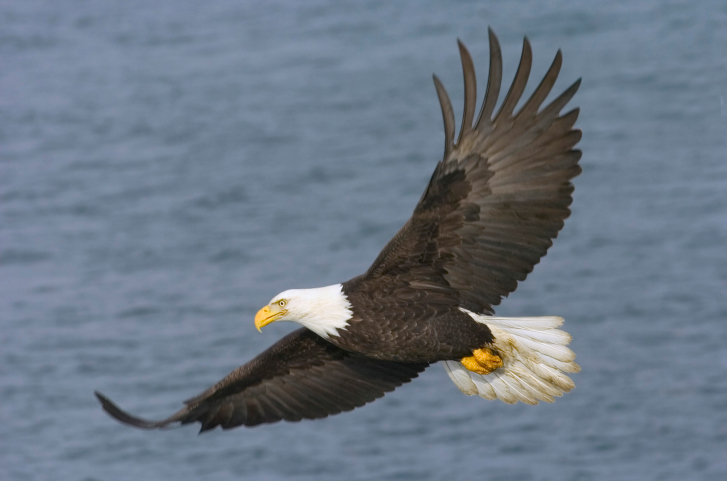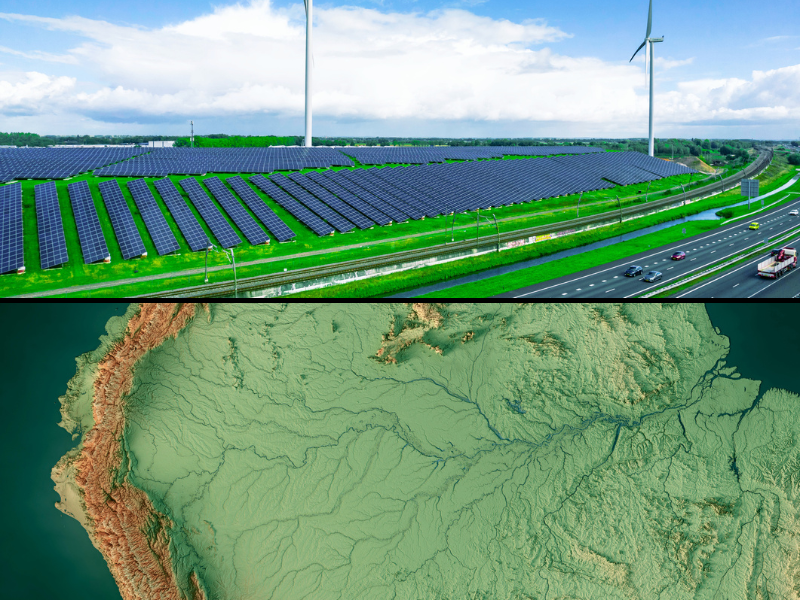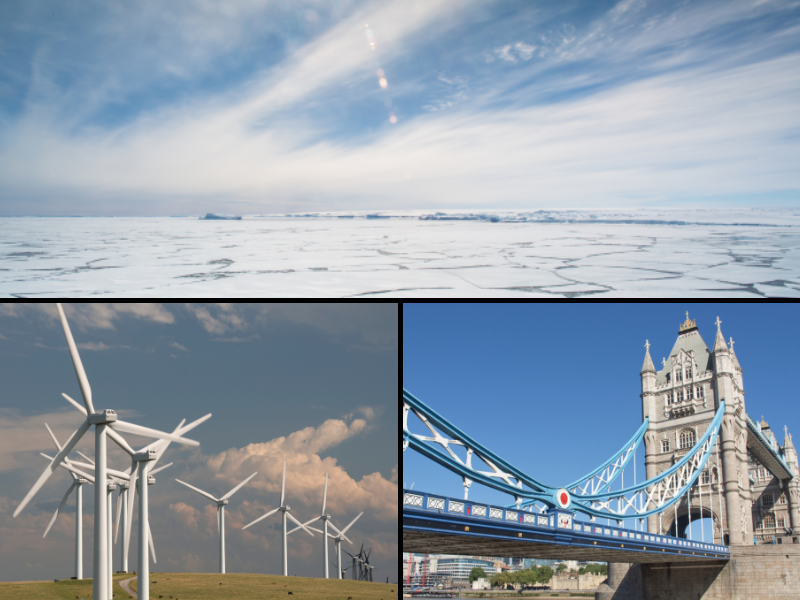Conservationists, Wind Industry Clash over Minnesota Eagle Deaths
Concerned the proliferation of wind farms in the Upper Midwest and Great Plains will lead to more eagle kills, wildlife advocates clashed with wind industry officials at a public hearing in Bloomington, Minnesota.
Conservationists, many of whom favor wind, solar, and other forms of renewable energy in principle, are upset by the Obama administration’s decision to give wind producers 30-year permits to kill eagles. As part of its program to promote renewable energy, the U.S. Fish & Wildlife Service (FWS) in 2009 offered wind producers a first-ever five-year permit for the unintentional killing of bald and golden eagles. Under pressure from the wind industry, FWS in December 2013 proposed expanding the permit to 30 years. The wind industry argues the 30-year permits offer a constructive approach to balancing desired growth of electric power provided by wind farms with the desire to preserve protected raptors.
“The birds don’t belong to these companies—they belong to the American people,” Michael Hutchins, national coordinator for the American Bird Conservancy’s Bird Smart Wind Energy Program, told the Minneapolis Star-Tribune before the mid-July meeting.
“The eagle is a national trust. It’s a symbol of our liberty and freedom,” echoed Mary Hartman, a Rochester resident who is active in the burgeoning eagle-protection movement, reported the Star-Tribune.
The 30-Year Permit
The prospect of a federal 30-year permit for eagle kills has put the wind industry on the defensive. FWS reports wind turbines already kill 440,000 birds in the United States each year. A 2013 peer-reviewed study found the combined bird and bat death toll is 1.4 million each year. Because, as the death toll mounts, local resistance to wind turbines grows, the FWS is in the process of improving its monitoring and research capabilities to minimize the impact wind farms have on eagles.
Minnesota is home to one of the nation’s largest eagle populations. Also, bats are essential to the state’s agriculture, helping control the insect population. Such considerations put wildlife advocates and the wind industry on the path to the present conflict.
In February, Minnesota regulators rejected a proposed wind power facility near Red Wing by AWA Goodhue Wind, demanding the company provide better research on the numbers of eagles and bats that fly through the region.
Shortly after Gopher State regulators pulled the plug on the Red Wing wind farm, FWS announced a series of hearings throughout the Upper Midwest to air opinions on what to do about wind turbines and eagles. The gathering in Bloomington was the third of five scheduled hearings.
Minnesota Power Under Pressure
The wind industry receives a federal subsidy known as the Production Tax Credit (PTC), and it also benefits from renewable power mandates in 29 states and the District of Columbia, which require a certain percentage of electricity come from renewable sources.
Minnesota’s Renewable Portfolio Standard (RPS) requires the state’s largest utility, Xcel Energy, to derive 25 percent of its electricity from wind or solar by 2020. This mandate will likely be difficult to meet, especially if the issue of bird kills hampers the ability to license additional wind farms. Additionally, the industry requires capital from investors to cover initial costs. Industry officials see the 30-year permit as an assurance to its investors their capital will return a profit over the long term.
The conflict between wildlife advocates and the wind industry is rooted in the latter’s claim the growing number of wind turbines will counteract manmade global warming, observed John Droz, a North Carolina-based energy expert.
“The ‘justification’ for extensive wildlife carnage is the American Wind Energy Association’s sales pitch that industrial wind turbines are ‘saving the planet’ [by countering global warming],” Droz explained. “However, the irony is that the industry has never been required to provide scientific proof of that claim.
“Evaluations of the wind industry’s claim by independent experts have concluded the wind industry’s contribution to mitigating global warming is miniscule,” Droz observed. “So, in effect, the birds and bats are being slaughtered simply to improve profit margins.”
Bonner R. Cohen, Ph. D., ([email protected]) is a senior fellow at the National Center for Public Policy Research.





